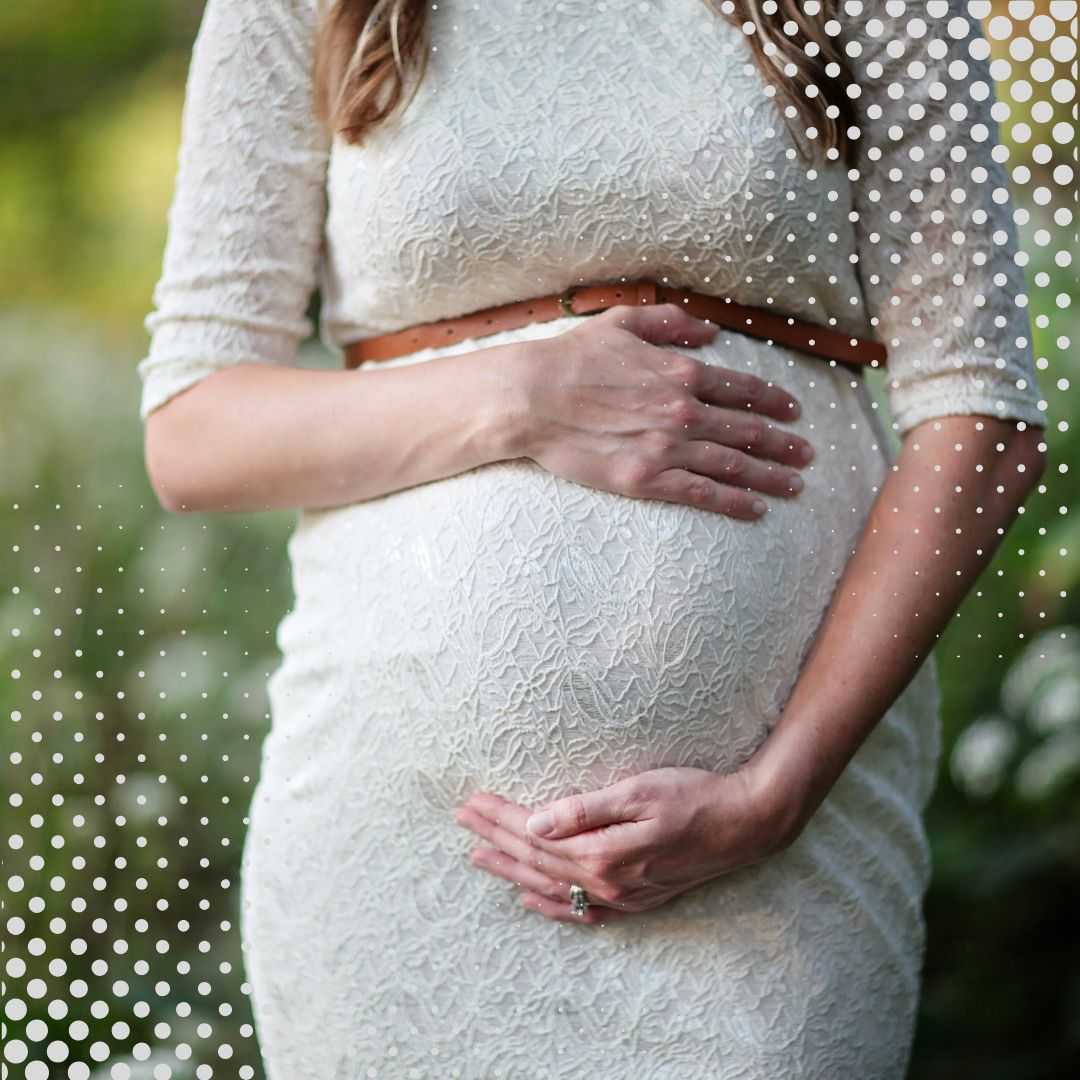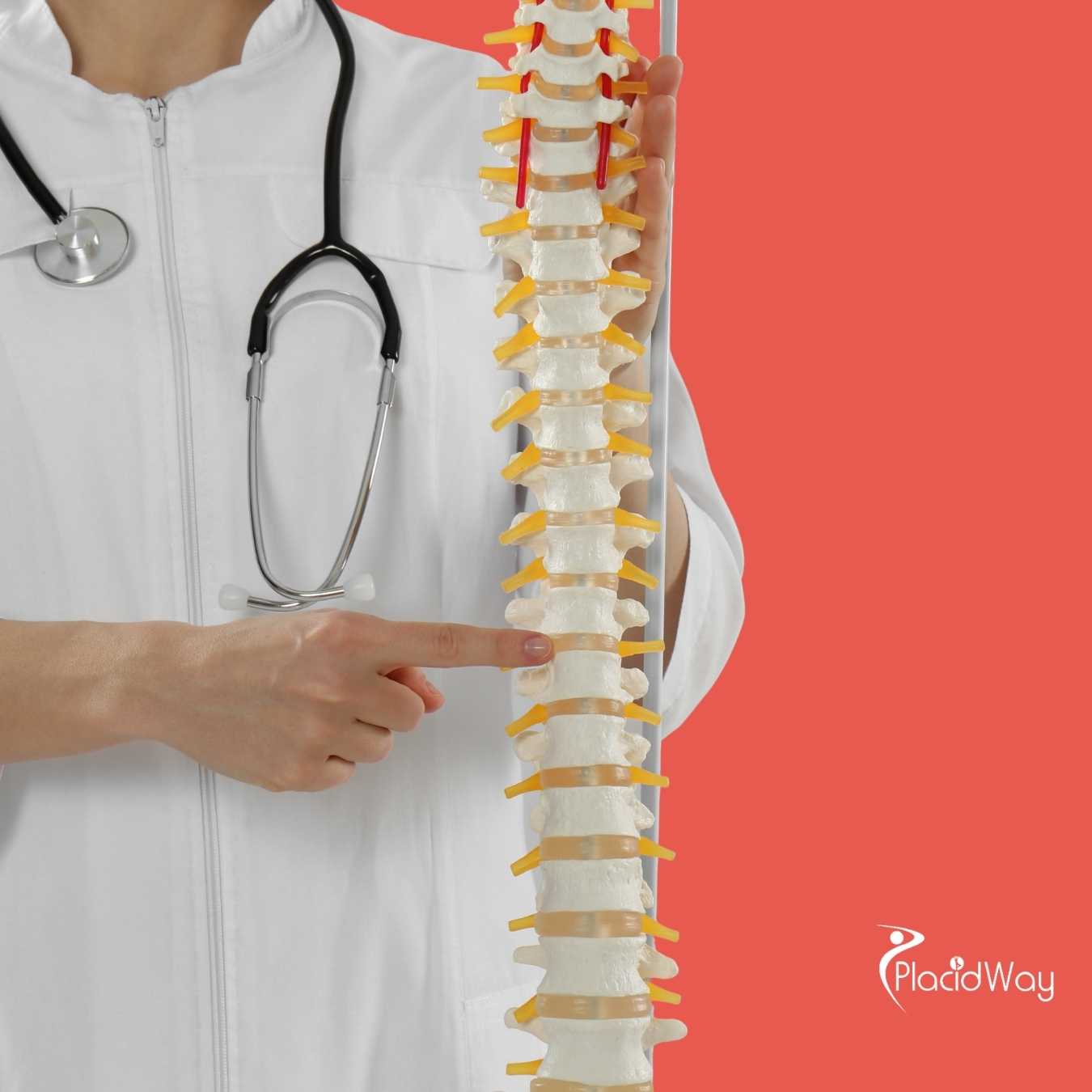Stem Cell Therapy for Autism: Cost Breakdown and Key Insights
.png)
If you're exploring options for autism spectrum disorder, you've likely encountered discussions around emerging therapies, and stem cell therapy for autism is one that often sparks significant interest. Many families are curious about its potential benefits, but an equally pressing question on everyone's mind is: "How much does it cost?" It's a complex question without a single, straightforward answer, as the pricing can fluctuate widely based on numerous factors.
The reality is that stem cell therapy for autism is still considered experimental in many parts of the world, which means there's no standardized cost structure or widespread insurance coverage. Costs typically range significantly, influenced by the clinic's location, the type of stem cells used, the number of treatments required, and additional services bundled into the treatment package. Understanding these variables is key to navigating the financial landscape of this innovative, yet unproven, therapy.
How much does stem cell therapy cost for autism?
The financial investment for stem cell therapy for autism is a major consideration for families. While specific figures can be elusive due to the lack of standardization and the proprietary nature of some clinic protocols, most reputable clinics offering this treatment fall within a broad range of $15,000 to $50,000 for a single course of treatment. It’s important to understand that this is often for one treatment cycle, which may involve multiple infusions.
This price tag usually encompasses more than just the stem cell infusion itself. It can include initial consultations, diagnostic tests, the procurement and processing of stem cells, the infusion procedure, and some level of post-treatment follow-up. However, additional expenses such as travel, accommodation, and therapies not included in the package can significantly add to the overall financial burden. Because the therapy is still in developmental stages, families often bear the entire cost out-of-pocket.
What factors influence the cost of autism stem cell treatment?
The cost of stem cell therapy for autism is not fixed; it's a dynamic figure shaped by several key variables. Understanding these factors can help families anticipate potential expenses and make more informed decisions.
- Type of Stem Cells Used: The source of stem cells significantly impacts cost. Mesenchymal Stem Cells (MSCs) are commonly used and can be derived from various sources such as umbilical cord blood or tissue, adipose (fat) tissue, or bone marrow. Each source has different collection, processing, and expansion costs. Umbilical cord-derived cells, for example, often require careful handling and testing.
- Number of Treatment Sessions: Many protocols involve multiple infusions or sessions spread over time. A single infusion will naturally cost less than a package involving several sessions over weeks or months, as each session incurs costs related to cell preparation, administration, and medical oversight.
- Clinic Location and Reputation: Clinics in countries with higher operating costs, stringent regulations, or those with established reputations and extensive research facilities often charge more. Conversely, clinics in regions with lower labor and operational costs may offer more affordable options.
- Included Services: The overall price often includes a bundle of services. This might cover:
- Initial diagnostic evaluations and medical tests
- Stem cell processing and preparation
- The infusion procedure itself
- Post-treatment monitoring and follow-up consultations
- Anesthesia fees, if applicable
- Sometimes, even travel assistance or accommodation arrangements
- Physician Expertise and Clinic Facilities: The qualifications and experience of the treating physicians and the advanced nature of the clinic's facilities (e.g., in-house labs for cell processing, specialized equipment) also contribute to the pricing.
Is stem cell therapy for autism covered by insurance?
For most families considering stem cell therapy for autism, insurance coverage is a critical question. Unfortunately, the simple answer for the vast majority of cases is no, it is not covered. This lack of coverage stems from the therapy's current status as an experimental or investigational treatment.
Insurance companies typically only cover treatments that have received full approval from regulatory bodies like the U.S. Food and Drug Administration (FDA) or the European Medicines Agency (EMA) and are considered standard medical practice. Because stem cell therapy for autism is still undergoing clinical trials and lacks widespread, definitive long-term efficacy and safety data, it falls outside the scope of most health insurance policies. This means that families pursuing this treatment must be prepared to pay the entire cost out-of-pocket, making it a significant financial decision.
What types of stem cells are used for autism therapy?
When discussing stem cell therapy for autism, the focus is predominantly on mesenchymal stem cells (MSCs). These cells are favored for their ability to modulate the immune system, reduce inflammation, and promote tissue repair and regeneration, which researchers believe could be beneficial in addressing certain aspects of autism spectrum disorder.
MSCs can be sourced from several different parts of the body, and each source has its own characteristics:
- Umbilical Cord Blood/Tissue: This is a popular source because umbilical cord cells are "naïve," meaning they are young, potent, and less likely to trigger an immune response when used in another person (allogeneic transplantation). They are collected painlessly at birth and stored.
- Adipose (Fat) Tissue: MSCs can be harvested from a patient's own fat tissue through a mini-liposuction procedure. These are autologous cells, meaning they come from the patient themselves, eliminating the risk of rejection.
- Bone Marrow: MSCs can also be found in bone marrow, typically harvested from the hip bone. Like adipose-derived cells, these are autologous.
The choice of cell type and source is often part of a clinic's specific protocol, which can influence the overall cost and perceived efficacy of the treatment.
How many sessions of stem cell therapy are typically needed for autism?
There isn't a universally standardized protocol for the number of stem cell therapy sessions for autism. The treatment approach can vary significantly from one clinic to another, largely due to the experimental nature of the therapy and ongoing research into optimal dosages and administration schedules.
Some clinics might propose a single, high-dose infusion, while others advocate for multiple, lower-dose infusions spaced out over several weeks or months. A common approach seen in clinics offering this therapy involves a series of 2 to 6 infusions within a specific timeframe. The rationale behind multiple sessions is often to provide a sustained presence of therapeutic cells or to allow for incremental improvements and monitoring. The exact number of sessions prescribed for a child with autism will depend on factors such as the child's age, specific symptoms, overall health, and the specific stem cell type and concentration being used by the clinic.
What are the potential benefits and risks of stem cell therapy for autism?
The hope surrounding stem cell therapy for autism stems from anecdotal reports and preliminary research suggesting potential improvements in core autism symptoms. Families have reported seeing enhancements in areas such as communication skills, social engagement, eye contact, and a reduction in repetitive behaviors or anxiety. These observed benefits are attributed to the MSCs' ability to modulate inflammation, promote neural connectivity, and improve blood flow in the brain.
However, it's crucial to approach these potential benefits with caution, as rigorous, large-scale clinical trials are still ongoing, and definitive scientific evidence proving efficacy is not yet established. Like any medical procedure, stem cell therapy carries potential risks. While generally considered low for MSCs, these can include:
- Infection: At the injection site or from contaminated cell preparations.
- Allergic Reactions: To the cells or components in the cell preparation.
- Immune Response: Though rare with MSCs, the body could react to allogeneic (donor) cells.
- Tumor Formation (Teratomas): While a theoretical risk with certain pluripotent stem cells, it is extremely rare with the multipotent MSCs typically used for autism.
- Procedure-Related Risks: Such as pain, bruising, or nerve damage from the cell harvesting or infusion process.
Families considering this therapy must carefully weigh these potential benefits against the risks and the experimental nature of the treatment, always prioritizing safety and seeking treatment from ethical and transparent clinics.
Why do people travel abroad for stem cell therapy for autism (Medical Tourism)?
The practice of medical tourism for stem cell therapy for autism has gained traction for several compelling reasons. For many families, the journey abroad isn't just about finding a treatment; it's about finding hope and accessibility that may not be available in their home countries.
One of the primary drivers is cost. Clinics in countries with lower overheads and different economic structures can often offer stem cell therapy for autism at a fraction of the price compared to Western nations. Beyond cost, regulatory landscapes play a significant role. Many countries have more permissive regulations regarding experimental therapies, making treatments available that are still undergoing strict clinical trials or are simply not approved in other regions. This means families can access treatments sooner, without the long wait times often associated with clinical trials at home. Additionally, some international clinics have positioned themselves as leaders in stem cell research and application, attracting patients seeking what they perceive as specialized expertise or advanced protocols.
Which countries offer stem cell therapy for autism and what are their typical costs?
Several countries have become hubs for medical tourism offering stem cell therapy for autism, largely due to a combination of more accessible regulations and competitive pricing. It's important to research specific clinics within these countries, as costs and protocols can vary greatly.
Here’s a general overview of countries and typical cost ranges:
| Country | Typical Cost Range (USD) per course | Key Considerations |
|---|---|---|
| Mexico | $10,000 - $25,000 | Proximity for North American patients, growing number of clinics. |
| Panama | $15,000 - $35,000 | Known for specific stem cell research and well-regarded clinics. |
| India | $8,000 - $20,000 | Lower overall costs, advanced medical infrastructure in major cities. |
| China | $15,000 - $40,000 | Significant investment in stem cell research, though transparency can vary. |
| European Countries (e.g., Ukraine, Georgia) | $10,000 - $30,000 | Evolving regulations, often offer umbilical cord stem cell treatments. |
These figures are estimates and can change based on the specific clinic, the number of infusions, the type of cells, and the inclusions in the treatment package. Always confirm the exact pricing and what is covered directly with the chosen clinic.
What should I consider when choosing a clinic abroad for autism stem cell treatment?
Choosing a clinic for autism stem cell treatment abroad requires thorough due diligence to ensure safety, ethical practices, and the best possible care. Since this is an experimental therapy, it's even more critical to be discerning.
Here are key considerations:
- Accreditation and Licensing: Verify that the clinic is fully licensed and accredited by relevant medical authorities in its country. Look for international accreditations if possible, though these are less common for experimental stem cell therapies.
- Physician Qualifications and Experience: Research the medical team's credentials, experience with stem cell therapies, and specific expertise in neurological conditions or autism.
- Transparency in Protocols: A reputable clinic will be transparent about the type of stem cells used (e.g., umbilical cord, adipose), their source, how they are processed, and the specific treatment protocol (number of cells, infusion method, frequency). They should be able to provide detailed information about their safety measures and quality control.
- Evidence and Research: Ask about any clinical trials the clinic is involved in or any published research supporting their specific protocols for autism. While anecdotal evidence exists, clinics should ideally be contributing to or following scientific advancements.
- Safety Protocols: Inquire about their infection control procedures, screening of donor cells (if allogeneic), and emergency response plans.
- Comprehensive Care: Evaluate what is included in the treatment package. Does it cover pre-treatment assessments, post-treatment follow-up, rehabilitation, or complementary therapies? What support is available for international patients (e.g., translators, logistical assistance)?
- Patient Testimonials and Reviews: While anecdotal, patient experiences can offer insights. Look for a balance of positive and realistic feedback, but remember that individual results vary greatly.
- Communication: Ensure clear and consistent communication with the clinic throughout the inquiry and treatment process, especially regarding language barriers.
Are there alternatives or complementary therapies to consider for autism alongside stem cell therapy?
While some families explore stem cell therapy for autism, it's vital to remember that a range of established and complementary therapies exists that have demonstrated efficacy in supporting individuals on the autism spectrum. These therapies often form the cornerstone of a comprehensive intervention plan.
Primary evidence-based therapies include:
- Applied Behavior Analysis (ABA): A highly structured teaching approach that focuses on improving specific behaviors, such as communication, social skills, and learning.
- Speech-Language Therapy: Addresses communication challenges, including verbal and non-verbal skills, and helps individuals express their needs and understand others.
- Occupational Therapy (OT): Helps individuals develop skills for daily living, such as fine motor skills, self-care routines, and sensory processing.
- Physical Therapy (PT): Can address motor skill delays, coordination issues, and muscle weakness.
- Social Skills Training: Teaches individuals how to interact appropriately in various social situations.
Complementary approaches that families often consider, sometimes alongside traditional therapies, include:
- Dietary Interventions: Such as gluten-free, casein-free diets, or specific vitamin and mineral supplementation, though scientific evidence for widespread efficacy varies.
- Medication: Prescribed by a physician to manage co-occurring conditions like anxiety, ADHD, seizures, or sleep disturbances, which are common in individuals with autism.
- Sensory Integration Therapy: A type of occupational therapy that helps individuals process sensory information more effectively.
It is always recommended to consult with medical professionals and therapists to develop an individualized treatment plan that best suits the unique needs of an individual with autism, integrating various therapies as appropriate.
Considering stem cell therapy for autism or other advanced medical treatments? Explore global options and trusted clinics with PlacidWay. Visit PlacidWay to find solutions for your medical tourism needs and connect with reputable healthcare providers worldwide.


.png)









Share this listing